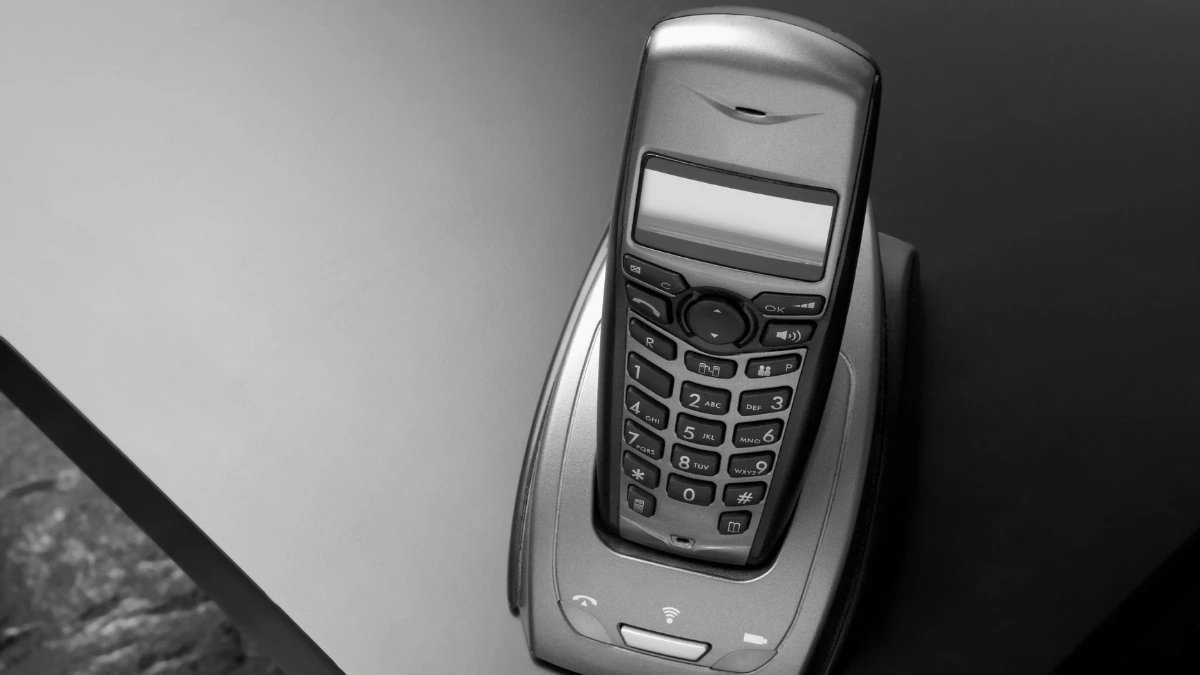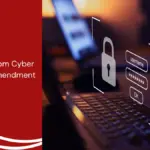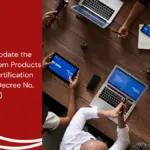The cordless telephone is a telephone device that allows users to make calls without using wires. Cordless telephone use radio frequencies to transmit signals between the handset and the base station that is directly connected to the landline network.
All Cordless telephone devices circulating in Indonesia must ensure their quality, safety, and compliance with applicable regulations through testing standards.
These cordless telephone testing benchmarks are contained in the Decree of the Minister of Communication and Digital No. 260 of 2024 which directs different specialized angles, extending from radio recurrence, and transmitting control, to testing methods.
Also Read
This article will completely talk about the cordless telephone testing guidelines based on the most recent directions, counting the certification steps you require to know.
Table of Contents
New Regulations on Cordless Telephone Technology
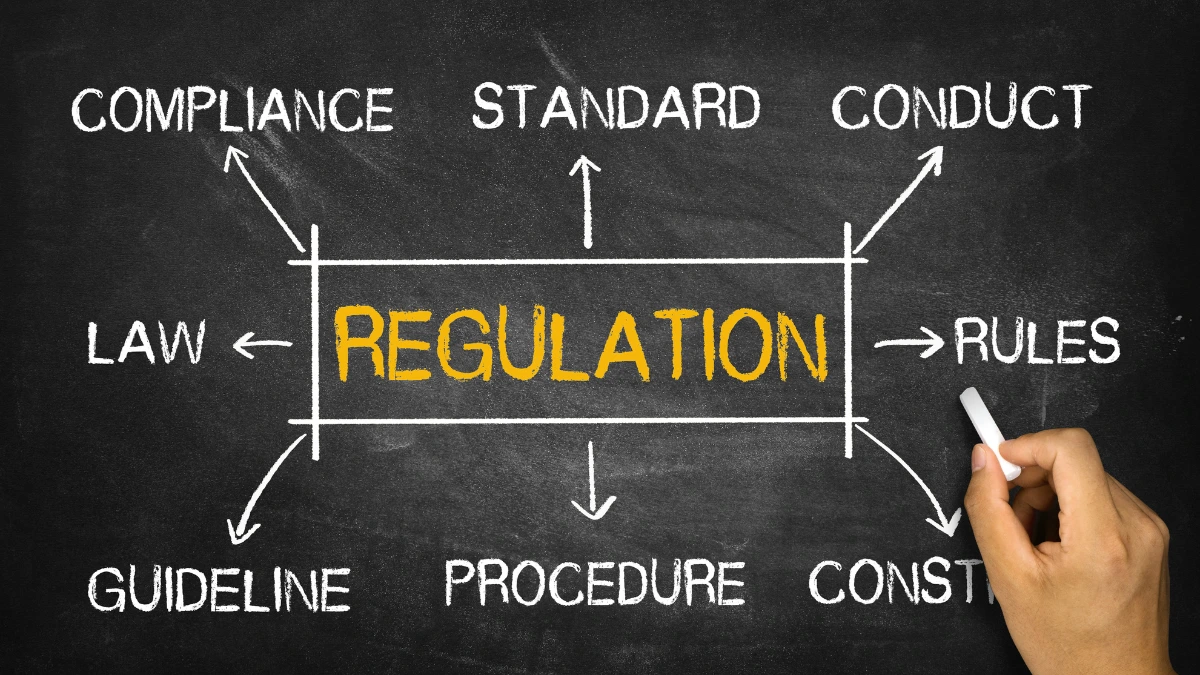
KEPMEN KOMINFO No. 260 Year 2024 specifies cordless telephone operational frequencies to ensure devices work without interfering with other devices.
This control covers radio recurrence prerequisites, greatest transmit control, and testing for wild outflows (spurious emissions).
The following are the standard specifications:
| Radio Frequency Band | RF output power | Transmitter Spurious Emission | Testing Method |
| 44 – 50 MHz | ≤ 10 dBm ERP | FCC 15.209 or 15.233 | FCC Part 15.233 according to ANSI C63.10 |
| 2400 – 2483,5 MHz | ≤ 20dBm at EIRP | FCC 15.247 and/or 15.209 | FCC Part 15.247 according to ANSI C63.10 |
| EN 300 176 | EN 300 176 | ||
| EN 301 406 | EN 301 406 |
Testing Standards
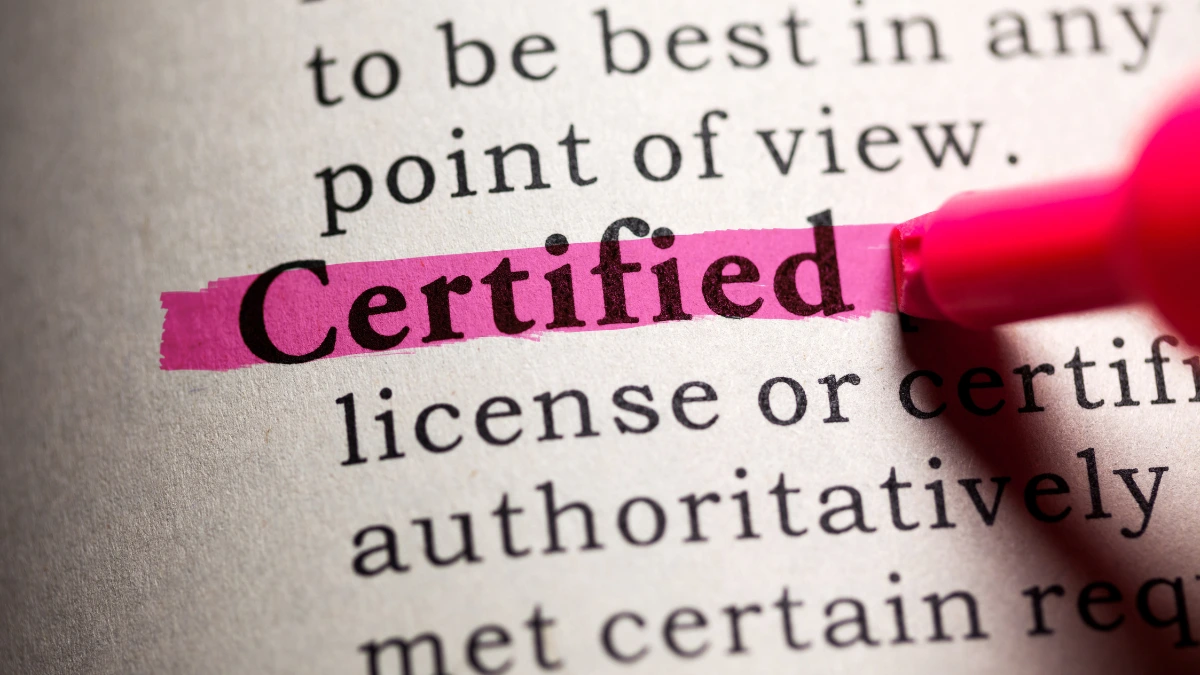
Ministerial Decree of the Ministry of Communication and Digital No. 260 of 2024 alludes to worldwide standards-based test strategies such as FCC, EN, and ANSI. Here are some of the main testing methods:
- Transmit power testing (RF output power): Ensure the device does not exceed the maximum transmit power limit according to its frequency band.
- Spurious emission testing: Tests stray frequency emissions outside the working band to prevent interference with other devices.
- Electromagnetic Compatibility (EMC) Testing: Assesses the device’s compatibility with the surrounding electromagnetic environment to avoid interference.
Additional technical requirements
Apart from testing transmittance and emissions, the Ministerial Decree of the Ministry of Communication and Digital No. 260 of 2024 moreover controls a few other specialized prerequisites, including:
- Electrical safety: The device must comply with the electrical safety standards set out in SNI IEC 60950-1:2016; SNI IEC 62368-1:2014; SNI 04-6253; IEC 62368-1; IEC 60950-1; IEC 60065; or relevant SNI or IEC standards, for SRD other than audio, video and information and communication technology (ICT).
- Non-Ionizing Radiation: Controls device radiation levels to keep them safe for users and the environment.
Type Approval and Certification Process in Indonesia

For cordless telephone devices to be used legally in Indonesia, certification from DJID is required. Here are the steps to get it:
Pre-testing the device
Sometime recently official testing, the gadget must be pre-tested to begin with utilizing measuring hardware such as a range analyzer. This makes a difference in guaranteeing gadgets meet specialized guidelines some time recently being tried in authorized research facilities.
Testing at an official laboratory
After passing the pre-testing stage, the device will be sent to a designated official laboratory to undergo testing by the standards stipulated in the Ministerial Decree of the Ministry of Communication and Digital No. 260 of 2024.
Issuance of certificates
Issuance of certificates After the gadget passes testing, an official certificate will be issued by DJID. This certificate is a prerequisite to advertising the gadget legitimately in Indonesia.
Tips to Ensure Standards Compliance
- Learn the latest regulations: Make beyond any doubt you get each detail of the Minister Decree from Communication and Digital No. 260 of 2024, counting specialized prerequisites and test strategies.
- Perform pre-testing: Sometime recently official testing, perform pre-testing to guarantee the gadget meets guidelines. If you don’t have a measuring instrument, utilize the DJID certification service which gives pre-testing administrations.
- Consult an expert: If this is your to begin with time looking for certification, consider utilizing the administrations of experienced DJID certification administrations. <UN>

